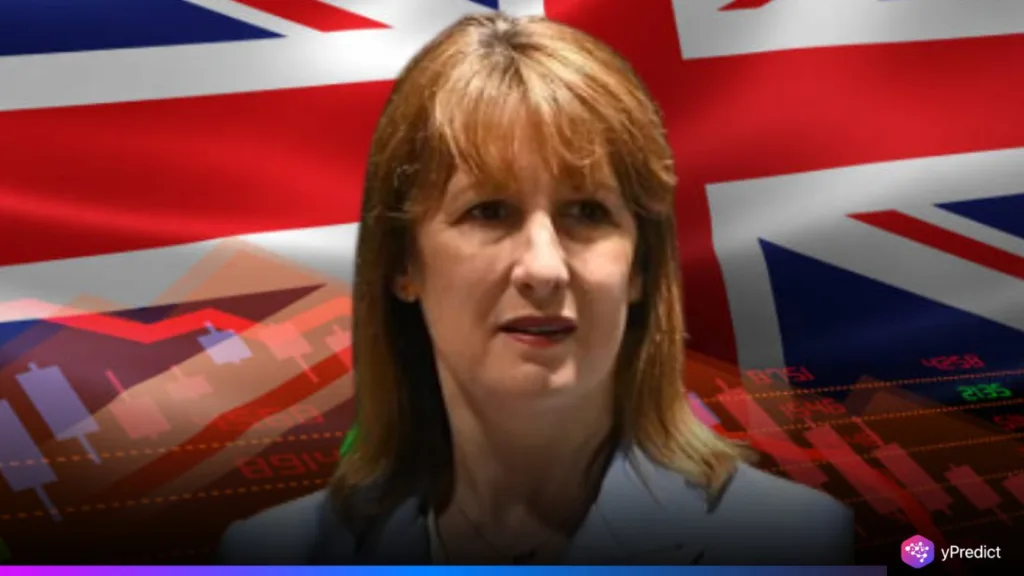
The most recent UK CPI Inflation figures for July 2025 delivered an unexpected shock to financial markets. Data released by the Office for National Statistics (ONS Data) on August 20 established inflation is 3.8%, a slight increase from the 3.7% expected level. Although the difference is slight, the opportunity for the estimates to breach, to the upside, has shifted sentiment towards the economy, interest rates, and the signals for the Bank of England with rates going forward. Energy and food prices continue to squeeze households and businesses, and analysts are scratching their heads and forced to revamp their earlier stance that monetarist policies were on the cards.
Inflation Rise Exceeds Market Forecasts
The July report highlighted how price pressures remain sticky despite projections of moderation. The 3.8% print surprised markets because analysts had widely expected stabilization near 3.7%. The ONS Data pointed to energy and food costs as the largest contributors, reversing earlier hopes of relief.
The overshoot has meaning because markets and investors had hoped for a steady decrease, and instead, the uptick illustrates an economy that is still experiencing volatility following the major progress that has occurred since the 2022 inflation peak. Inflation had fallen to 1.7% in October, with hopes of return to the 2% target being smooth. That optimism now looks premature.
Bank of England Faces Renewed Pressure
For the Bank of England, the fresh data complicates its rate path. A Reuters poll on August 19 suggested only one rate cut was expected this year. The July UK CPI numbers could further support that cautious stance, with wage growth still above the 2% inflation target.
Central bankers must now grapple with whether they want to keep rates higher to tame sticky inflation or if they want to risk an earlier easing and create further price rises. The Bank of England has emphasized data dependency in its decisions, and July’s report suggests a delay in any aggressive rate cuts. Monetary tightening, which many hoped was nearing its end, might linger longer than expected.
ONS Data Highlights Volatile Recovery
The historical context provided by the ONS Data shows how volatile the UK’s recovery has been. Inflation peaked at 11.1% in October 2022, driven by a global energy shock. The steady decline into late 2024 created expectations of normalisation. Yet, the climb back from 1.7% to 3.8% within less than a year shows how fragile that trajectory remains.
Economists now argue that the road back to stable prices is far from linear. The unpredictability of energy and food markets keeps inflation exposed, while wage growth adds an internal driver of price pressures. For policymakers, this means balancing domestic realities against global shifts. For households, it means ongoing strain on living costs despite falling inflation from earlier highs.
Outlook Remains Uncertain
The surprise rise in UK CPI Inflation has reinforced the uncertainty clouding the economic outlook. Markets that once anticipated rapid policy easing are recalibrating. The Bank of England must now manage expectations while weighing risks on both sides of the ledger. Investors will watch closely for forward guidance, but the takeaway from July’s ONS Data is clear: inflation remains stubborn, and hopes of quick normalization may have been misplaced.
As inflation remains almost double the target and wage growth remains steadfast, the likelihood of a slow and deliberate reaction from the central bank has increased. What does this mean for the broader economy? Businesses and households should expect challenges to persist. Higher borrowing costs could become a longer-term reality, and the trade-off between growth and stability will rule the next few months. This is a sobering message—there appears to be a recovery underway, but volatility will still rule the day.







